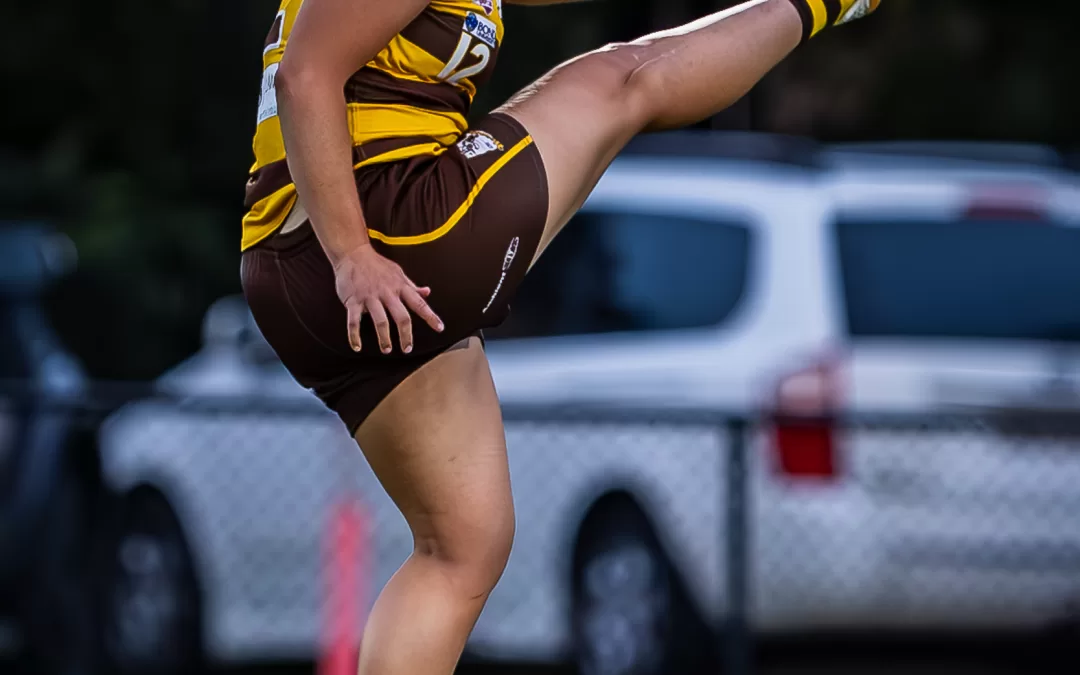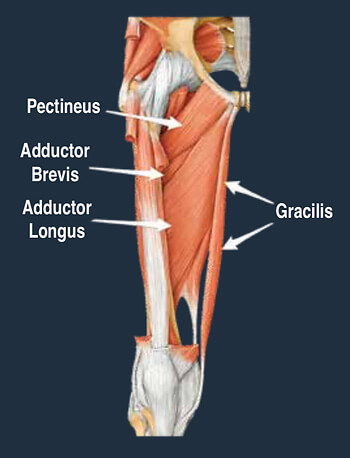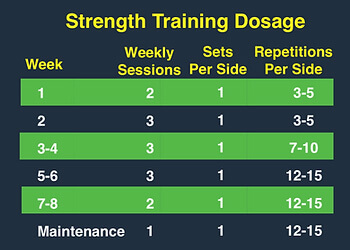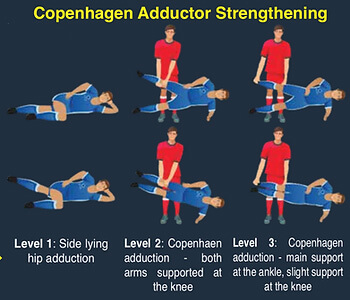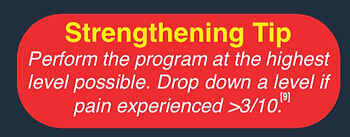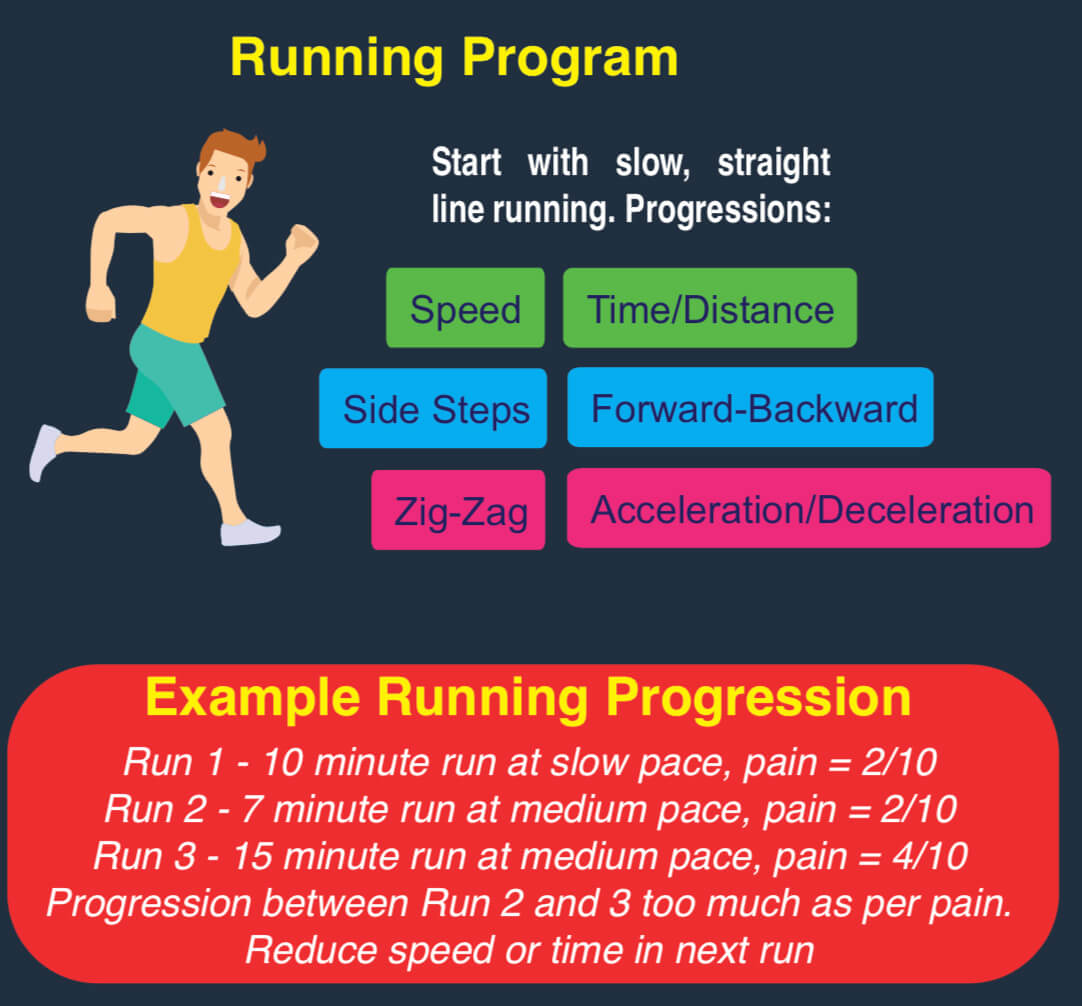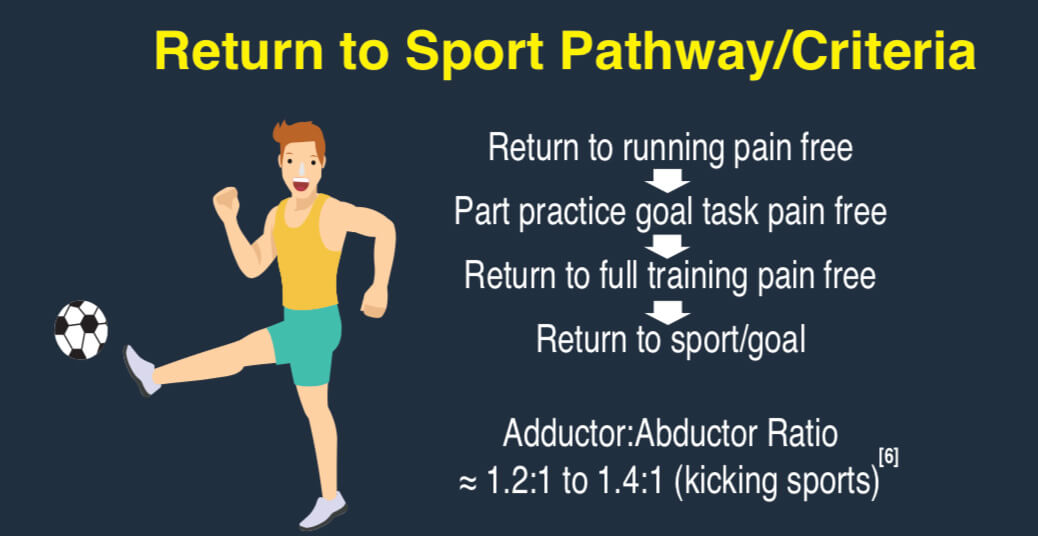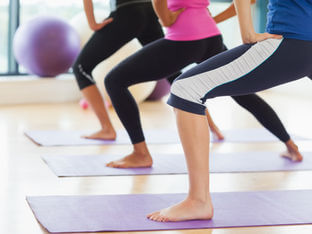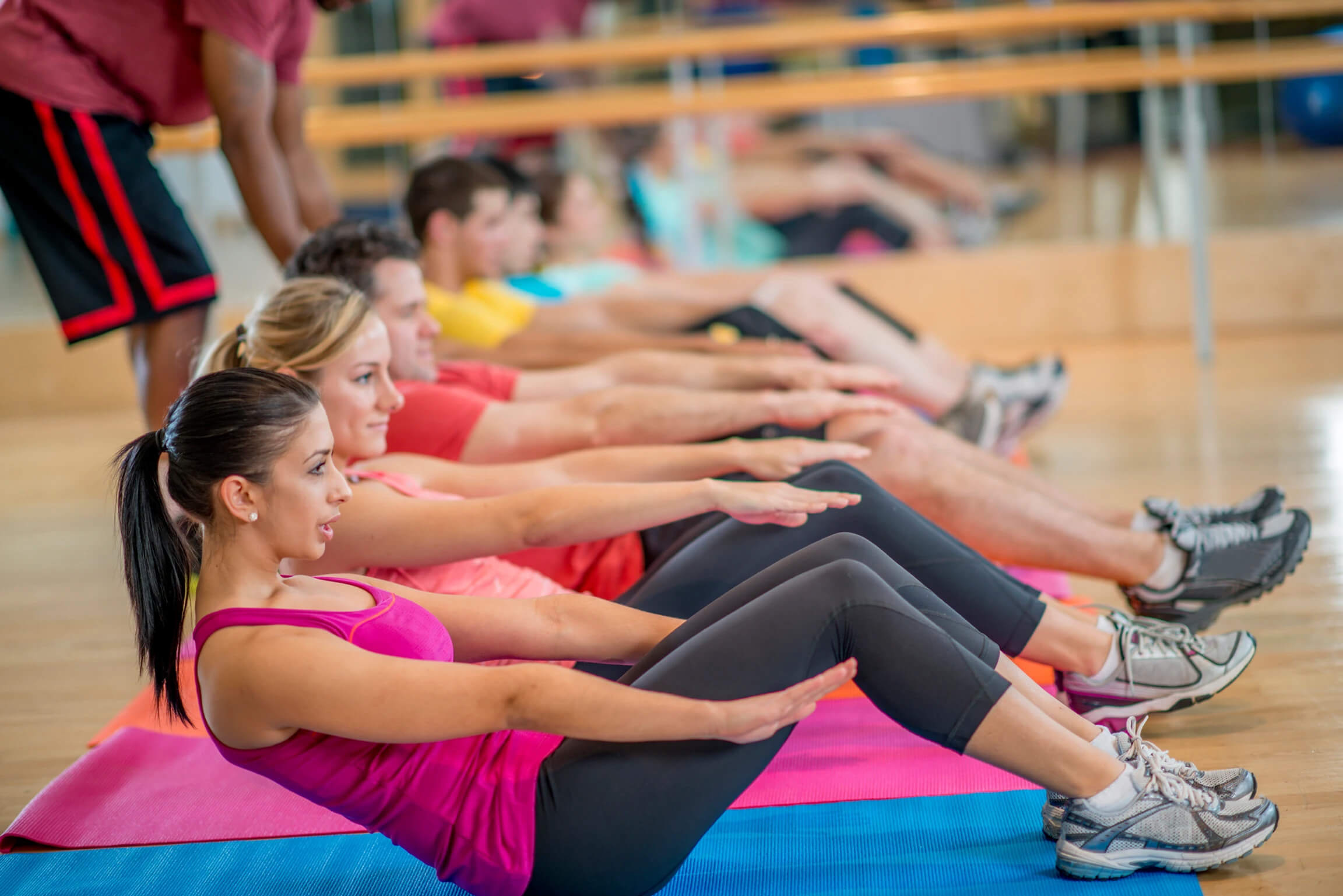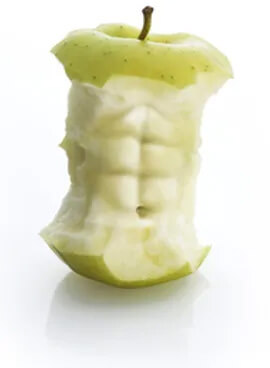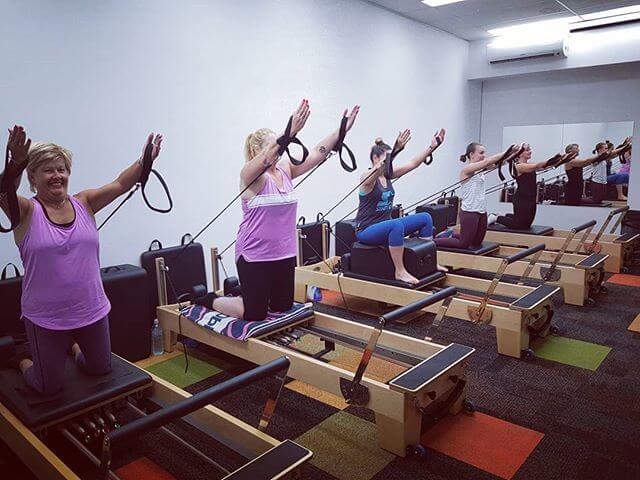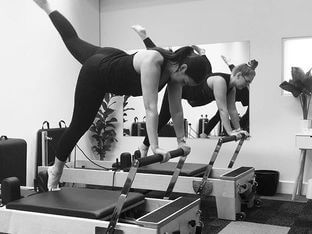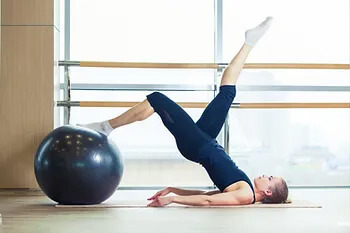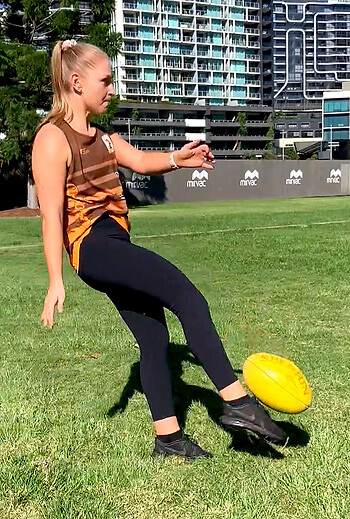
Fact or Fiction – Preseason Training
Answer – FACT
With preseason training just around the corner, this blog is a timely reminder that turning up to preseason training consistently will give athletes the best chance of being able to play most games next year.
Murray et al (2017) reported that AFL players who completed <50% of pre-season training were 2x more likely to sustain in-season injury than those who completed >85%! This is not just relevant to elite AFL, it is relevant to all sports of all levels (even more so)! So what’s the take home message? For the best chance to be able to play week in/week out during the competitive phase of the season, consistency during preseason is vital.
If you had injuries last season or are trying to make this your best season yet, see us to make sure you are ticking all the boxes!
#praxisphysio #preventprepareperform #factorfictionfriday #preseasontraining #praxispwhatyoupreach #afl #sportsphysio #preventprepareperform
References:
Murray NB, et al. Relationship Between Preseason Training Load and In-Season Availability in Elite Australian Football Players. Int J Sports Physiol Perform. 2017.


